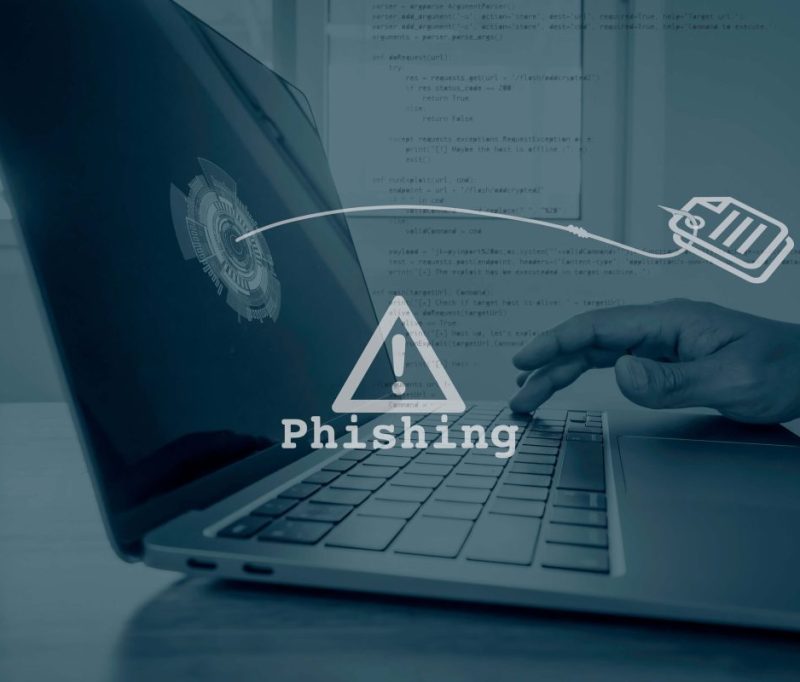
Image Source: Renaissance Computer Services Watford
In a digitally connected world, trust has emerged as one of the most valuable assets an organisation can possess. Whether it’s the trust of employees, clients, or partners, maintaining a secure and responsible IT environment plays a key role in upholding that confidence. Yet, technical controls alone aren’t enough to protect a business. Building a strong security culture is now essential to ensuring both compliance and cooperation across all levels of a company.
Security culture encompasses the attitudes, values, and behaviours that individuals adopt in response to cybersecurity policies and practices. When nurtured correctly, it leads to better decision-making, proactive threat identification, and fewer breaches caused by human error. This blog explores the importance of cultivating security culture through activities that promote trust, accountability, and resilience in the workplace.
What Is Security Culture and Why It Matters
Security culture refers to the collective mindset within an organisation regarding cybersecurity awareness and responsibility. It goes far beyond having secure passwords or following procedural checklists—it is about fostering a genuine understanding of how individual actions impact the wider security landscape.
In businesses of all sizes, especially those relying on it support small businesses, culture determines whether employees view cybersecurity as a burden or a shared goal. When staff are disengaged, even the most sophisticated IT systems can be undermined by carelessness or ignorance.
Establishing a strong security culture requires a shift in daily habits and thinking. Employees must be empowered to take ownership of their digital actions, recognising that they are integral to the company’s safety. From choosing secure login methods to reporting suspicious emails, these micro-decisions form the foundation of an effective cybersecurity strategy.
Security culture also promotes consistency. With a strong baseline of expectations and behaviour, organisations can weather new threats more effectively, as everyone works from the same security-conscious framework. It becomes easier to implement changes and adapt to evolving risks when the workforce is already engaged in proactive practices.

The Role of Trust in Cybersecurity Success
Trust is at the core of every effective security culture. When employees trust that their organisation values openness, fairness, and mutual respect, they’re more likely to embrace cybersecurity policies and share concerns early.
Without trust, there’s a tendency for individuals to ignore policies out of fear, confusion, or cynicism. For example, an employee who doesn’t feel safe reporting a phishing attempt may allow the threat to spread further. Similarly, someone unsure about acceptable device usage may hesitate to ask for clarification, leaving potential gaps unaddressed.
Creating an environment where people feel respected and listened to can dramatically reduce security risks. This trust is built through clear communication, active listening from leadership, and policies that are transparent and inclusive rather than punitive.
By positioning cybersecurity as a collective responsibility—rather than a compliance requirement handed down from above—organisations can foster collaboration, motivation, and consistency.
Key Activities That Promote a Strong Security Culture
A proactive approach to building security culture involves integrating engagement-driven activities that resonate with staff. These should be practical, inclusive, and designed to motivate behavioural change rather than impose rigid controls.
1. Ongoing Cybersecurity Training
Regular, bite-sized training sessions help employees stay current with emerging threats and best practices. Instead of a one-time annual module, continuous education keeps security top-of-mind. Sessions should cover practical topics such as password hygiene, data handling, and safe remote access.
2. Dynamic Communication Channels
Email alerts and policy documents often go unread. To increase visibility, companies can use visual cues like posters or digital signage in common areas. Weekly security tips shared on internal channels or staff meetings can reinforce awareness without overwhelming employees.
3. Gamification and Incentives
Introducing competitions or interactive quizzes can turn learning into a rewarding activity. A leaderboard for departments with the fewest simulated phishing clicks, for instance, encourages healthy participation without finger-pointing. Incentives such as gift cards or certificates can further motivate involvement.
4. Anonymous Reporting Channels
Many employees avoid reporting security issues due to fear of reprimand. Providing an anonymous method for logging incidents can encourage early reporting and reduce the risk of escalation. This approach also helps identify common confusion points in policy interpretation.
5. Recognition and Appreciation
Celebrate individuals or teams who demonstrate excellent security behaviour. Public appreciation in company meetings or newsletters reinforces the idea that cybersecurity is valuable and worthy of recognition.
6. Incorporating Security into Daily Language
When managers and team leads regularly speak about security—whether during onboarding, project planning, or evaluations—it becomes ingrained in the corporate mindset. Language shapes perception, and consistent references to security help normalise it as part of the job.
These activities don’t require large budgets. They demand consistency, leadership support, and creativity—qualities readily available to most businesses, including those relying on it support small businesses.
Building Accountability Without Fear
Accountability should not be equated with blame. In a healthy security culture, individuals feel responsible for their actions while trusting that mistakes will be handled with empathy and a focus on improvement.
Fear-based cultures drive issues underground, preventing early detection and correction. Instead, leadership should reinforce that reporting mistakes is encouraged and can be a valuable learning opportunity for the entire team.
Policies must be communicated with clarity and compassion. When employees understand the “why” behind security protocols—and aren’t made to feel embarrassed for honest errors—they are more likely to stay engaged and vigilant.
Leaders play a pivotal role in modelling this behaviour. By responding to breaches or lapses with a focus on growth and resilience, they help create a psychologically safe space that promotes honesty and accountability.
Technology’s Role in Reinforcing Security Culture
While cultural change is largely a human endeavour, technology plays a critical supporting role. Robust systems reduce the chances of human error and offer real-time insights into user behaviour.
Businesses that invest in reliable it support for companies can implement advanced tools such as multi-factor authentication, endpoint protection, and real-time access controls. These measures reinforce safe practices without making daily tasks more cumbersome.
Automation can also alleviate pressure from staff by handling routine security checks, backup processes, and patch management. This allows employees to focus on more complex decisions while still maintaining a high standard of protection.
Moreover, technology enables better tracking and measurement of security culture progress—helping leadership adjust strategies as needed.

Measuring Cultural Progress in Security Awareness
It’s important to track whether cultural efforts are producing meaningful results. Several qualitative and quantitative indicators can help gauge progress:
- Training Completion Rates – Are employees regularly attending and completing training?
- Phishing Simulation Results – Do click-through rates on test emails decrease over time?
- Incident Reporting Frequency – Are more people coming forward with concerns or questions?
- Employee Feedback – Anonymous surveys can reveal whether staff feel confident and supported in security matters.
These metrics allow companies to fine-tune their strategies and demonstrate that investment in culture yields tangible results.
Conclusion
In the ever-evolving world of cyber threats, businesses can no longer afford to treat security as a purely technical issue. Building trust through deliberate cultural activities is not just a complementary strategy—it is an essential one.
For businesses looking to align their people, processes, and platforms under one secure vision, partnering with experienced providers of IT support for companies can bridge the gap. With the right guidance and infrastructure, even smaller enterprises can build a culture where trust and security thrive.
Renaissance Computer Services Limited proudly supports businesses in this mission—helping them strengthen not only their systems but also the human foundations that make lasting security possible.




